Hydraulic , Piping & Fittings
Pipelines & Fittings
Views : 12
Usually dispatched in 2 to 3 days
Usually dispatched in 2 to 3 days
Category:
Hydraulic , Piping & Fittings
Only logged in customers who have purchased this product may leave a review.
Related books
Pipe Inspection Manual
The New Zealand Pipe Inspection Manual 3rd Edition has been prepared in order to provide:
• An overview of the tasks that can be completed using Closed Circuit Television (CCTV) and how these activities can be used to manage wastewater and stormwater assets.
• A standardised set of codes for recording observations noted during CCTV inspections.
• An outline of good practice procedures for carrying out CCTV inspections and for processing and analysing the information collected.
• Standard Technical Specifications and Model Conditions of Contract for use when engaging CCTV contractors.
Pipe Inspection Manual
The New Zealand Pipe Inspection Manual 3rd Edition has been prepared in order to provide:
• An overview of the tasks that can be completed using Closed Circuit Television (CCTV) and how these activities can be used to manage wastewater and stormwater assets.
• A standardised set of codes for recording observations noted during CCTV inspections.
• An outline of good practice procedures for carrying out CCTV inspections and for processing and analysing the information collected.
• Standard Technical Specifications and Model Conditions of Contract for use when engaging CCTV contractors.
Inspect New Piping
Piping systems are like arteries and veins in the oil industry. Piping systems comprise of pipes, flanges, bolting, gaskets, valves etc. They also include pipe hangers, supporting elements and other items necessary to prevent over pressurization and over stressing of the pressure containing components. Hence, one can say that pipe section when fitted with valves and other mechanical equipment and properly supported by hangers and supports are called piping.
Inspect New Piping
Piping systems are like arteries and veins in the oil industry. Piping systems comprise of pipes, flanges, bolting, gaskets, valves etc. They also include pipe hangers, supporting elements and other items necessary to prevent over pressurization and over stressing of the pressure containing components. Hence, one can say that pipe section when fitted with valves and other mechanical equipment and properly supported by hangers and supports are called piping.
Cathodic Protection Part 1 – Pipelines
SA Water is responsible for operation and maintenance of an extensive network of buried pipelines. Cathodic Protection (CP) is applied to a large proportion of those buried assets which assists with the management of external pipeline corrosion and is therefore and an important asset management tool to greatly increase asset life. This Standard has been developed to assist in the design, maintenance, construction, and management of SA Water’s pipeline CP infrastructure. The purpose of this Standard is to detail the requirements for each phase of a pipeline CP project from design, construction and commissioning, to maintenance and monitoring to ensure a consistent approach is achieved independent of the delivery model of a project, its location, project ownership or other influences.
Cathodic Protection Part 1 – Pipelines
SA Water is responsible for operation and maintenance of an extensive network of buried pipelines. Cathodic Protection (CP) is applied to a large proportion of those buried assets which assists with the management of external pipeline corrosion and is therefore and an important asset management tool to greatly increase asset life. This Standard has been developed to assist in the design, maintenance, construction, and management of SA Water’s pipeline CP infrastructure. The purpose of this Standard is to detail the requirements for each phase of a pipeline CP project from design, construction and commissioning, to maintenance and monitoring to ensure a consistent approach is achieved independent of the delivery model of a project, its location, project ownership or other influences.





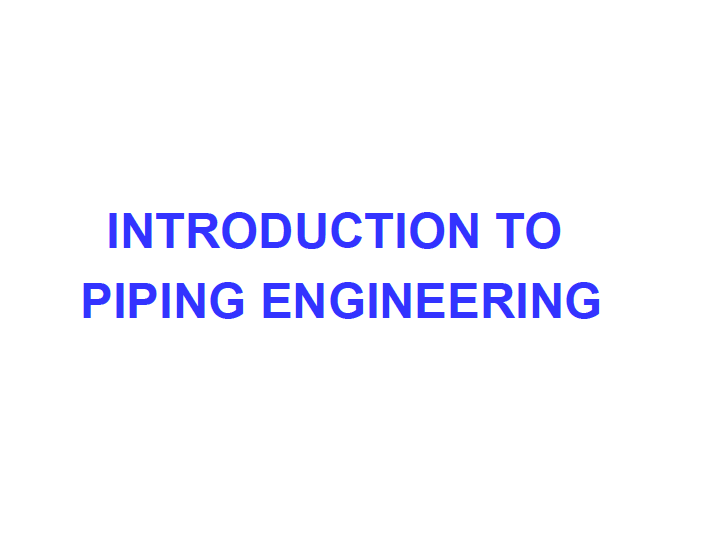
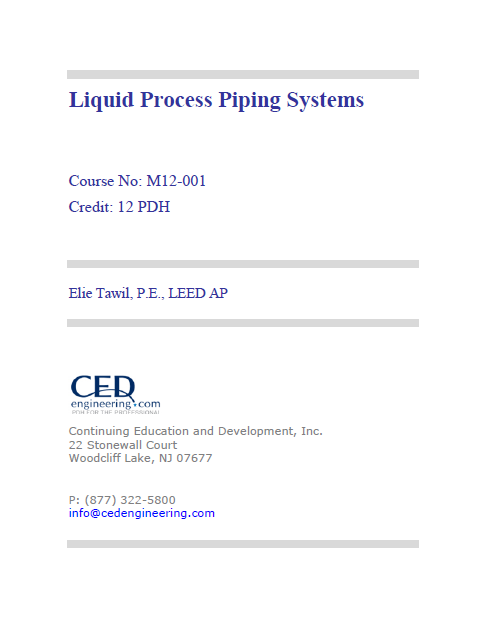


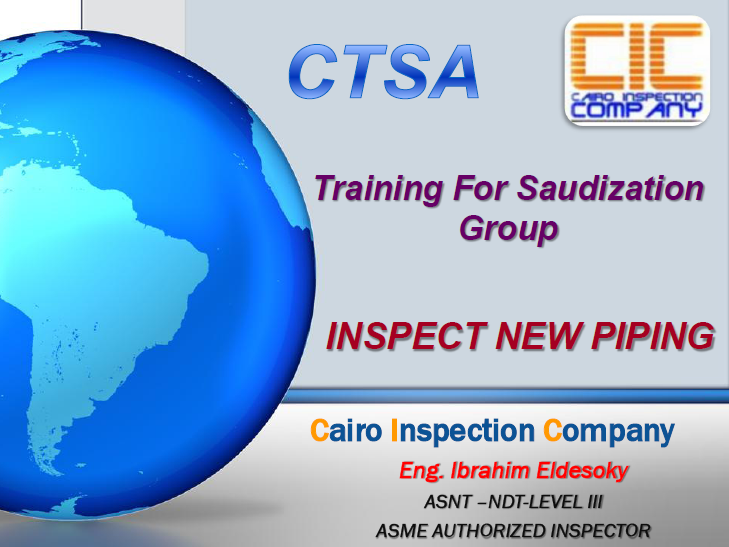
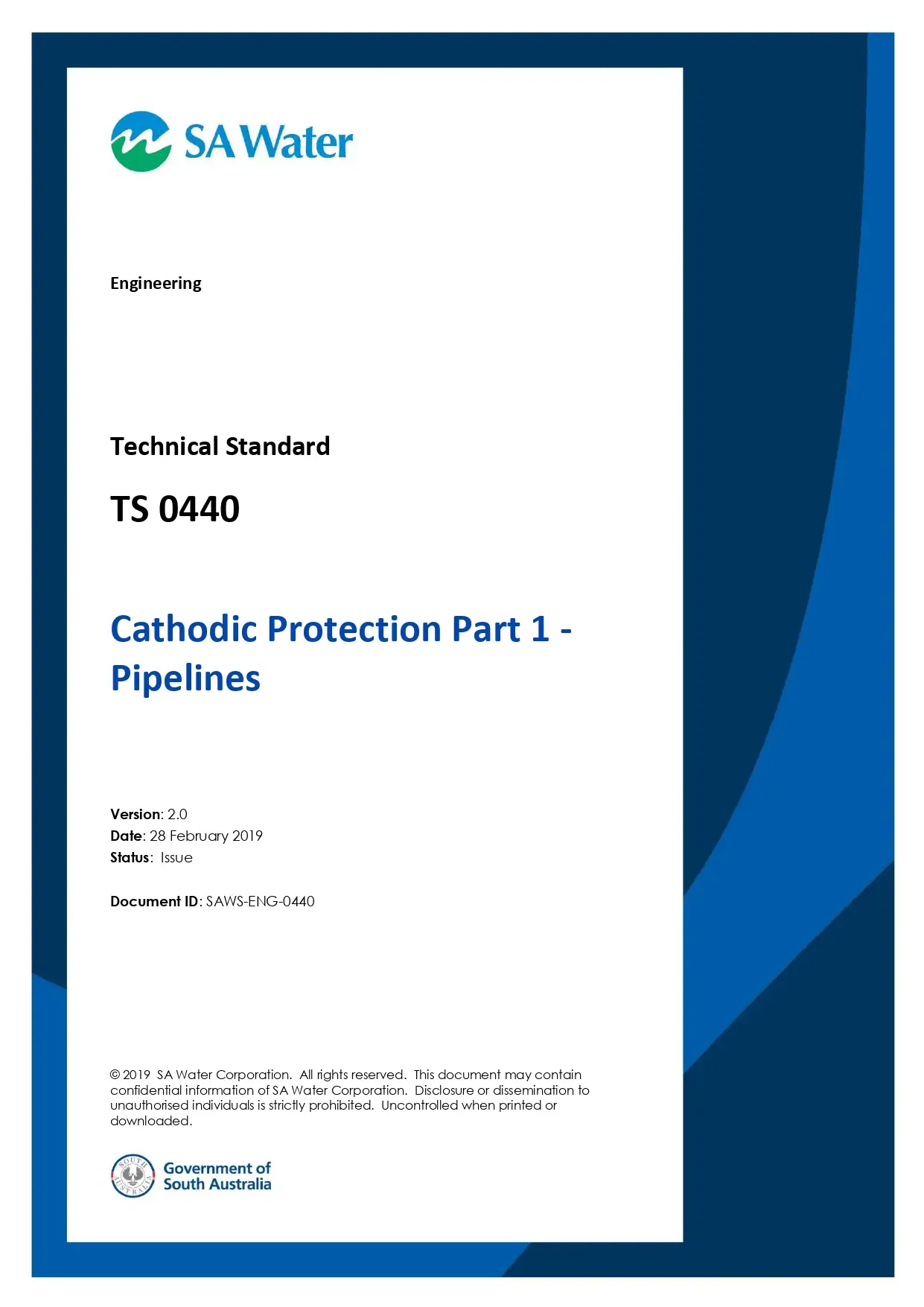


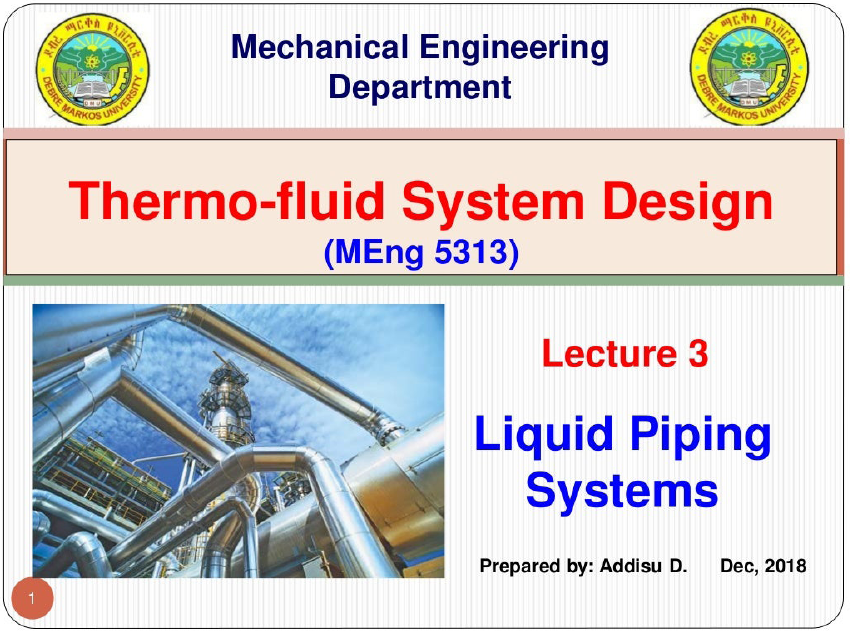

Reviews
There are no reviews yet.